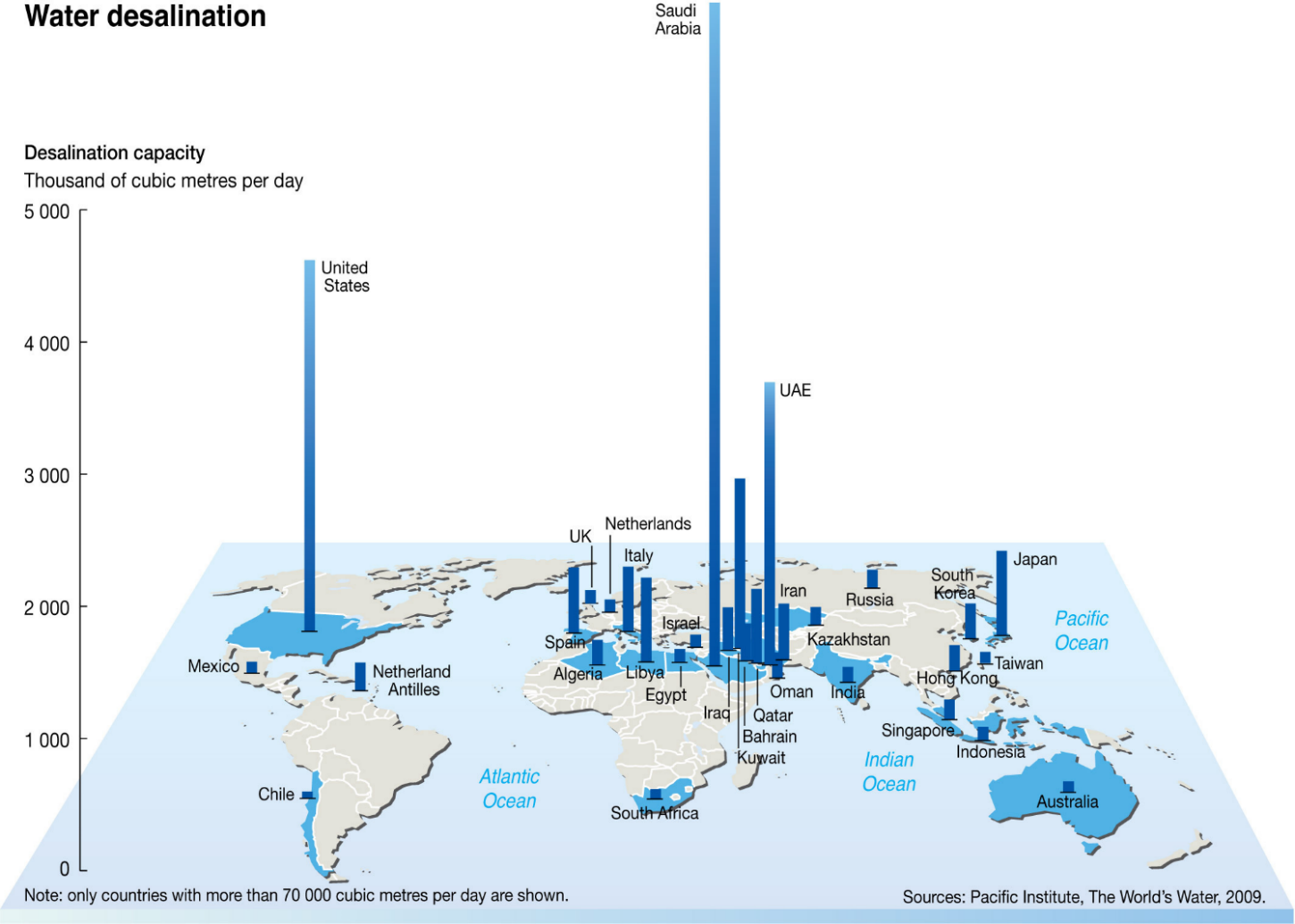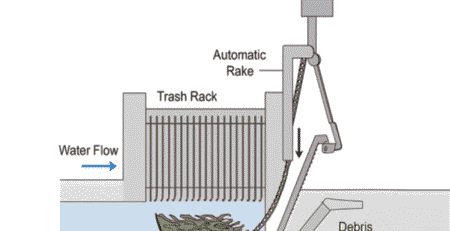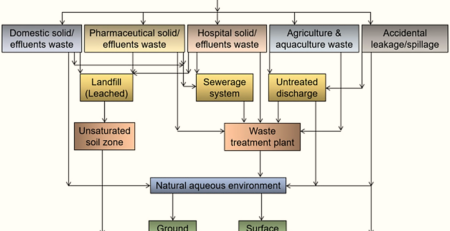Desalination Plant Growth and Demand in the Venezuelan Market
Desalination plants are a great idea for water purification, and the future looks bright for them in Venezuela. Moreover, there are many advantages of this kind of plant. They use reverse osmosis, also, there are questions about the future of this sector.
Reverse Osmosis Plant Market in Venezuela
The Venezuela reverse osmosis membranes market is expected to grow with 8.4% CAGR during the forecast period, 2023-2027. This is fuelled by the increasing need for clean drinking water, government initiatives, and advancements in technology. In addition, increased consumer awareness regarding waterborne diseases is also boosting the growth of the ro plant in Venezuela market.
In terms of revenue share, the cellulose-based segment accounted for the largest share in the market in 2023. Increasing usage of nanofiltration techniques in the APAC region is also expected to drive the growth of the market.
In terms of geography, the Reverse Osmosis Membranes Market is divided into Asia Pacific, North America, Europe, and Rest of World. By 2023, the APAC region will dominate the market. Moreover, the growing awareness about waterborne diseases and a rise in health care spending are also expected to boost the growth of the market.
The Europe region includes the UK, France, Russia, and Italy. Moreover, the US is the third largest market in terms of shipments. However, the Reverse Osmosis Membranes market in the US is projected to grow at a slower rate during the forecast period.
In terms of market value, the global reverse osmosis membranes markets is projected to reach USD 7.09 billion by 2030. Moreover, the market is also predicted to witness 9.9% revenue CAGR during the forecast period.
What are the Benefits of Water Desalination Plants in Venezuela Market?
Globally, the demand for fresh water is increasing at a rapid rate. This is expected to drive the Venezuela market revenue growth over the forecast period. Furthermore, the emergence of clean energy substitutes is also anticipated to increase the market revenue.
Apart from the rising demand for water, the emergence of urban infrastructure and increasing demands from various industrial sectors are some of the factors affecting the Venezuela market. The rising population is also expected to drive the market.
Additionally, the emergence of new players is also anticipated to fuel the market. The demand for water is predicted to increase at a substantial rate over the next 20 years. Increasing awareness about the benefits of solar water desalination plants is also estimated to propel the market growth.
In addition, the rising concerns regarding climate change and degradation of the natural environment are expected to contribute to the market growth. As a result, there is a high demand for new technologies in the field. Moreover, the emergence of government policies is also expected to drive the revenue growth of the solar water desalination plant market.
The Latin America region is a major market for the water desalination plant industry. Countries such as Mexico and Colombia are major consumers of desalinated water.
The Middle East & Africa region is also a major market for the water desalination plants. This is mainly due to the fact that the region has a high dependency on desalination of ocean water. Moreover, the abundance of sunlight in the region is also a major factor boosting the market.
Advantages of Desalination Plants
Desalination plants help produce a healthy reserve of water for future use. A healthy reserve can reduce droughts, support agriculture efforts and maintain habitats. However, the cost of constructing and operating a desalination plant can be significant. The costs can vary depending on location, energy prices, and other factors.
There are two main types of desalination processes. They are thermally driven and work-driven reverse osmosis. Both require high amounts of energy to operate.
The projected number of installed desalination capacities will double by 2030 in Venezuela, and all over world. As the world’s population grows, more capacity will be needed. Developing innovative and sustainable solutions for desalination is crucial.
What is the Future of the Desalination Plant Sector?
One of the most significant challenges for the water sector over the coming decades is a steady reduction in global supply of freshwater. This challenge can be addressed by non-conventional sources of desalinated water such as seawater desalination.
Fortunately, the water sector has already started responding. In the next five years, installed desalination capacities are projected to increase from roughly one million to three million. With global population projected to rise by one billion by 2035, the need for access to safe, reliable and affordable water will only grow.
Desalination is one of the key components of the water infrastructure puzzle. It is estimated that desalination will provide a potable water source to about 300 million people. However, the process is energy intensive, and thus expensive.
Using a more efficient and cost-effective method, such as membrane desalination, will make the most of a small amount of input fuel exergy, and produce a larger output of purified water than thermal processes. The process will also reduce carbon dioxide emissions.
However, the most efficient desalination technology is not the only solution. We need to consider other alternative methods to solve the problem. For example, we can use wastewater to recharge our aquifers, or reuse it for other uses such as farming. Ultimately, the most effective solutions are those that address multiple aspects of the water equation simultaneously.
In Conclusion
Reverse osmosis is a filtration process that is used to remove impurities from water. It uses pressure and a semipermeable membrane to separate dissolved contaminants from the water. These membranes come in several varieties.
Thin film composite membranes are known for their high filtration rates. They also promote water permeation. Hence, they are widely adopted in different industries for the production of high-quality water.














